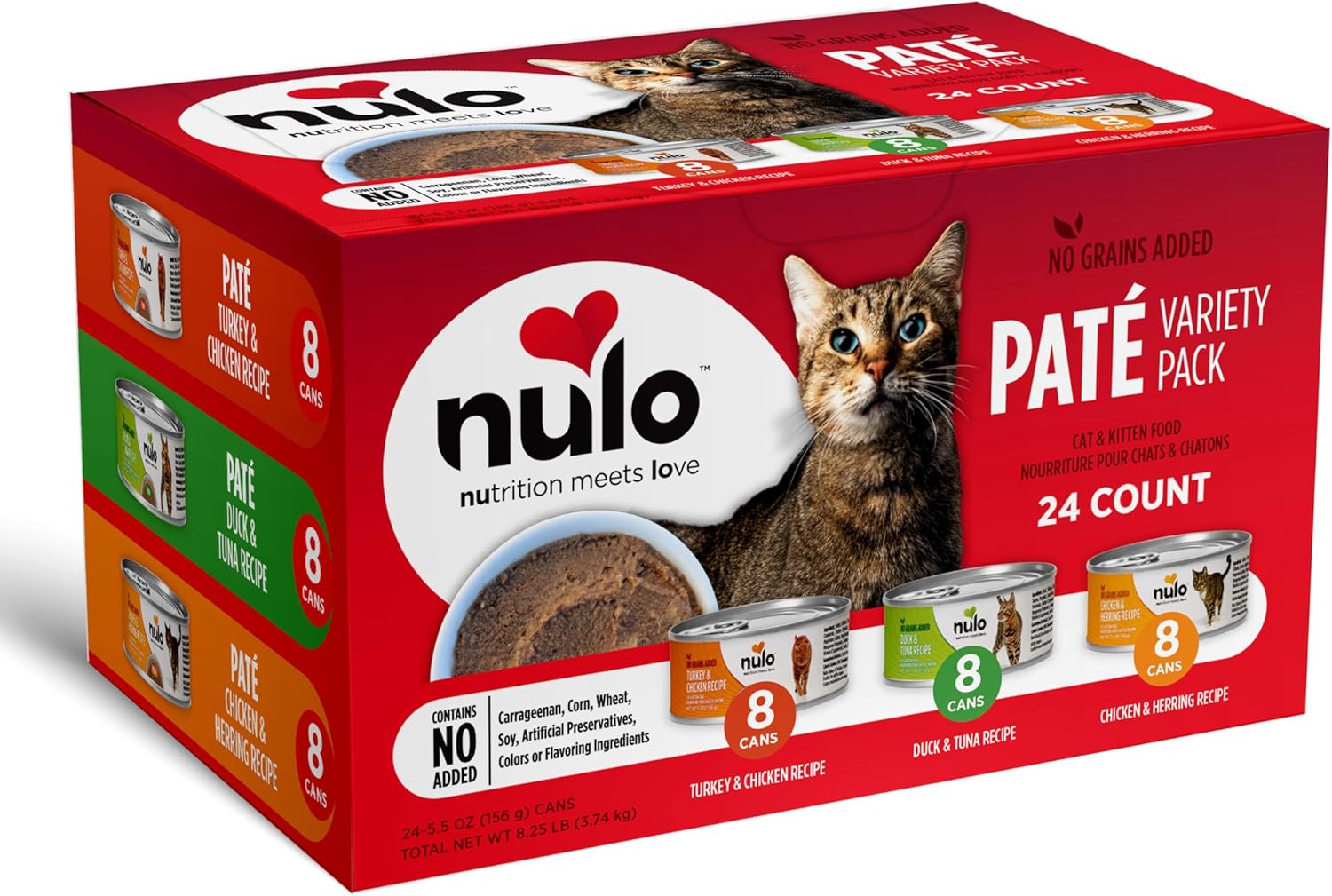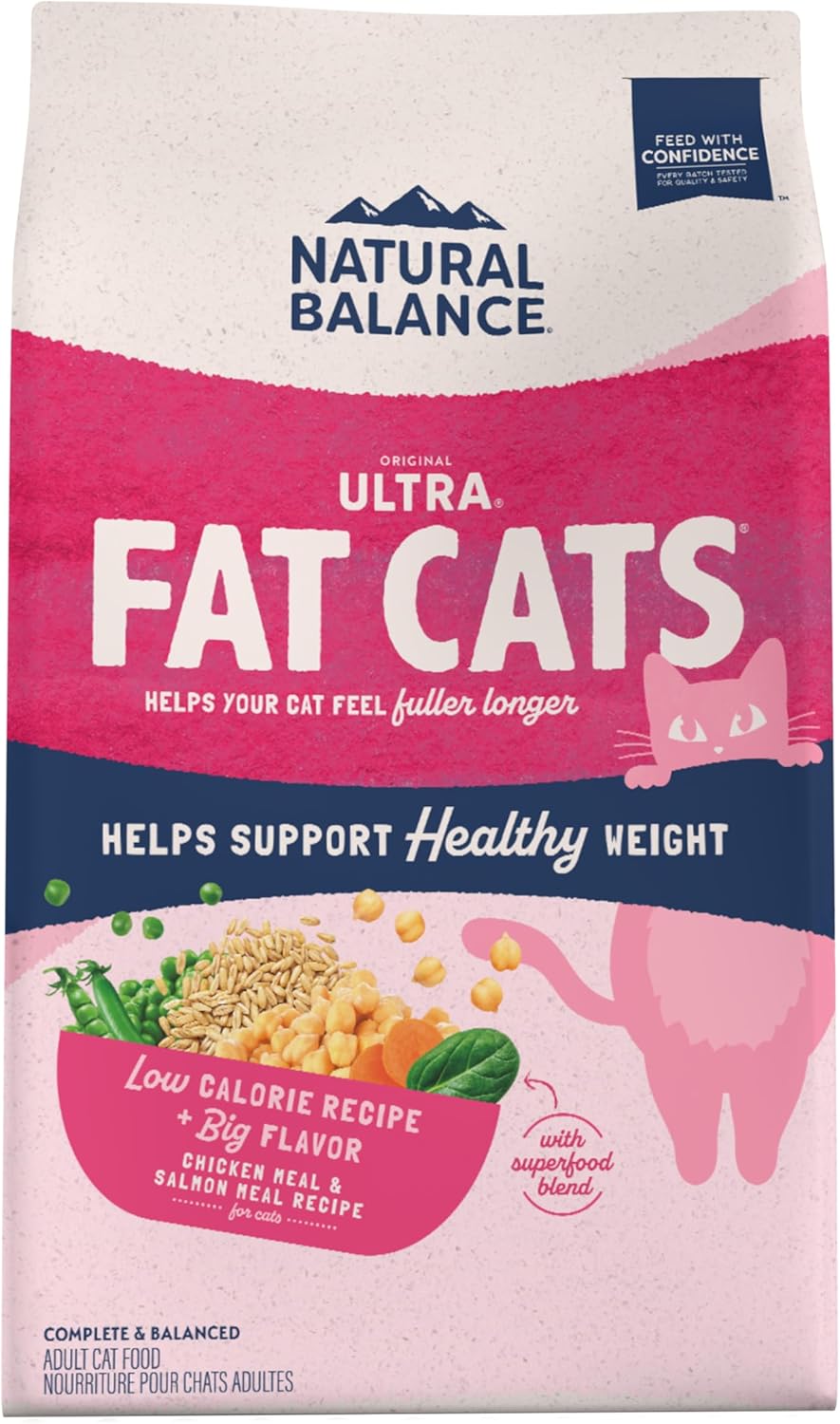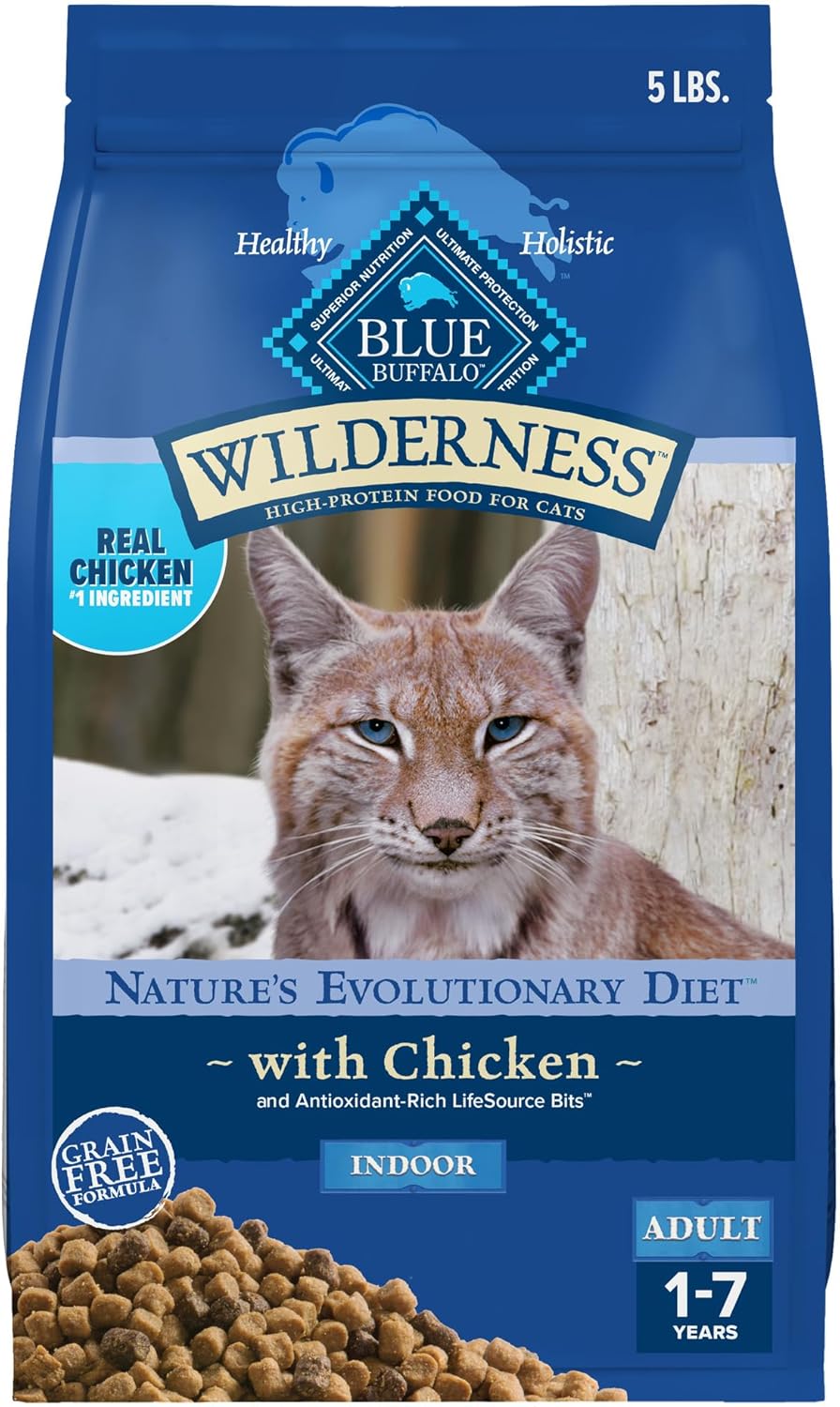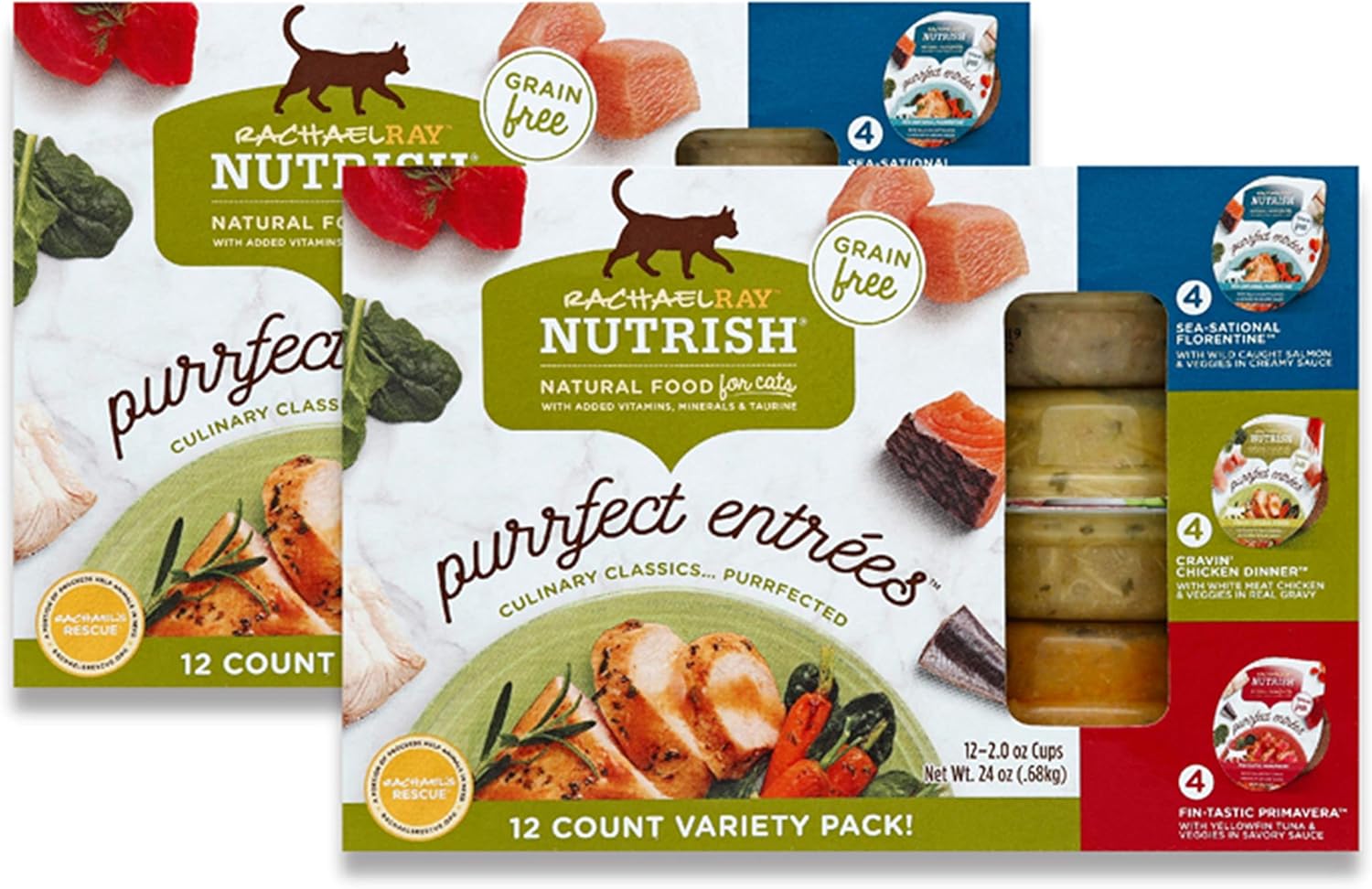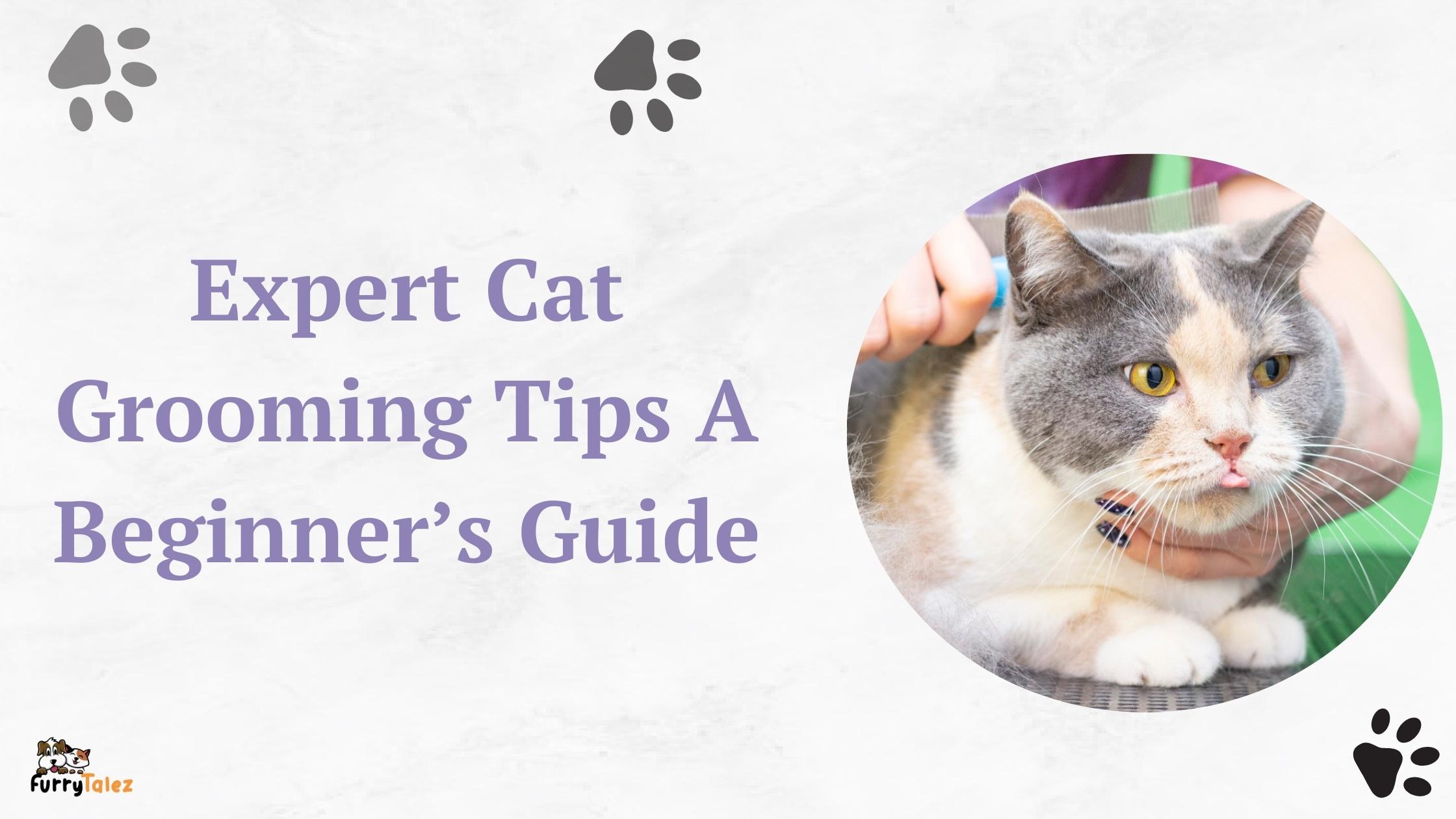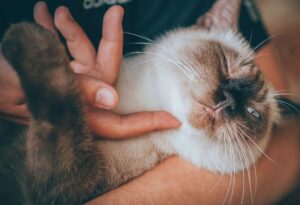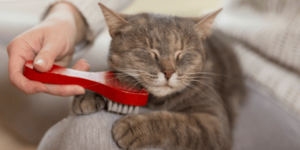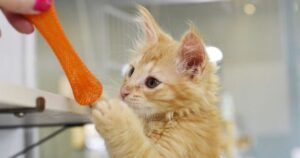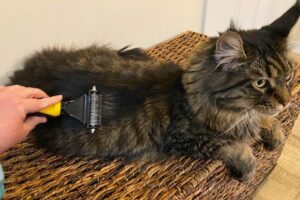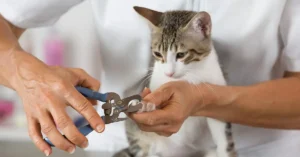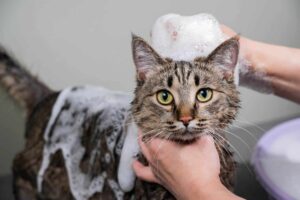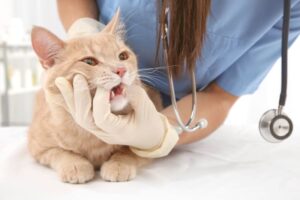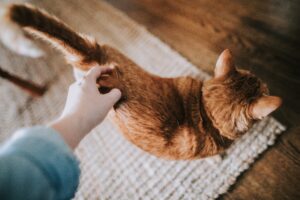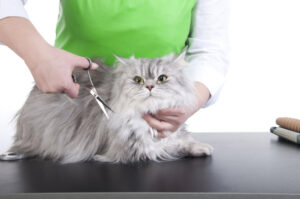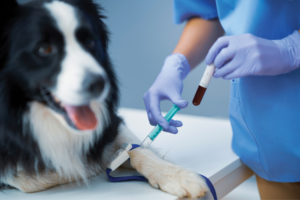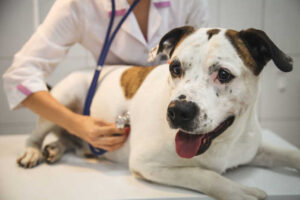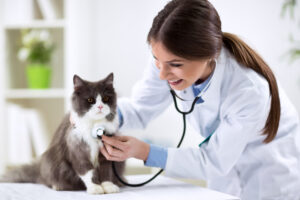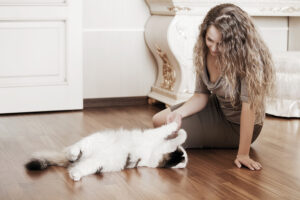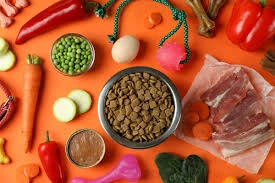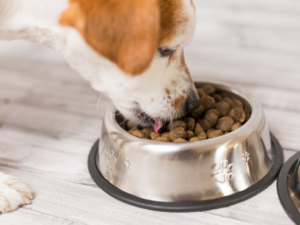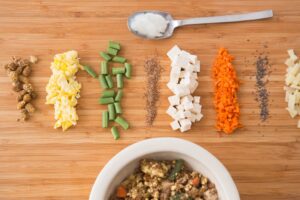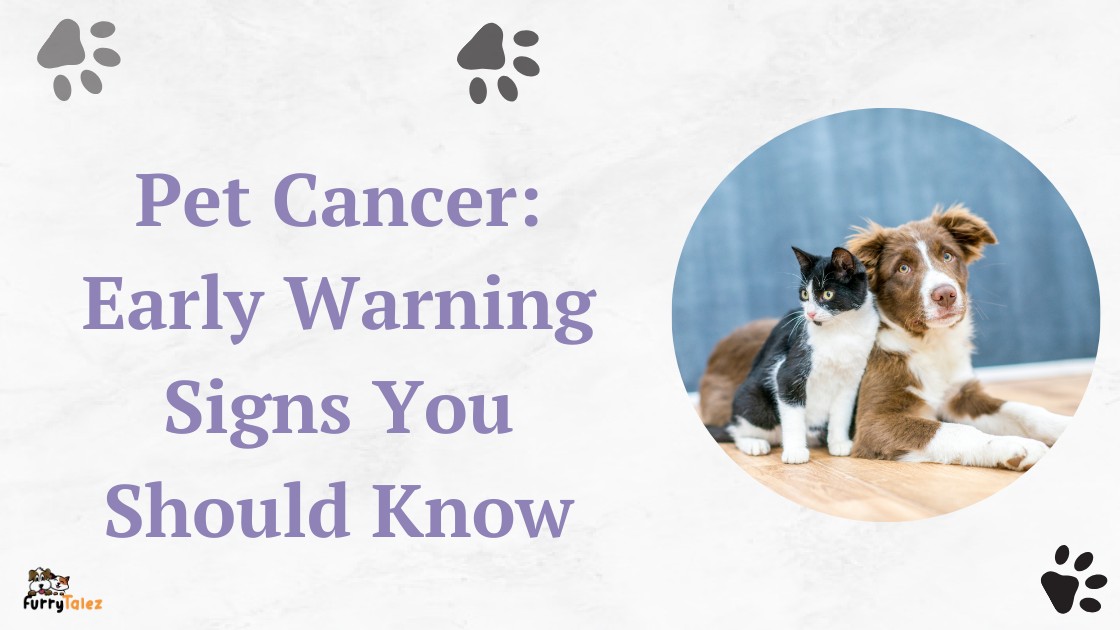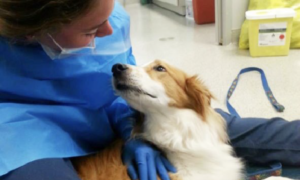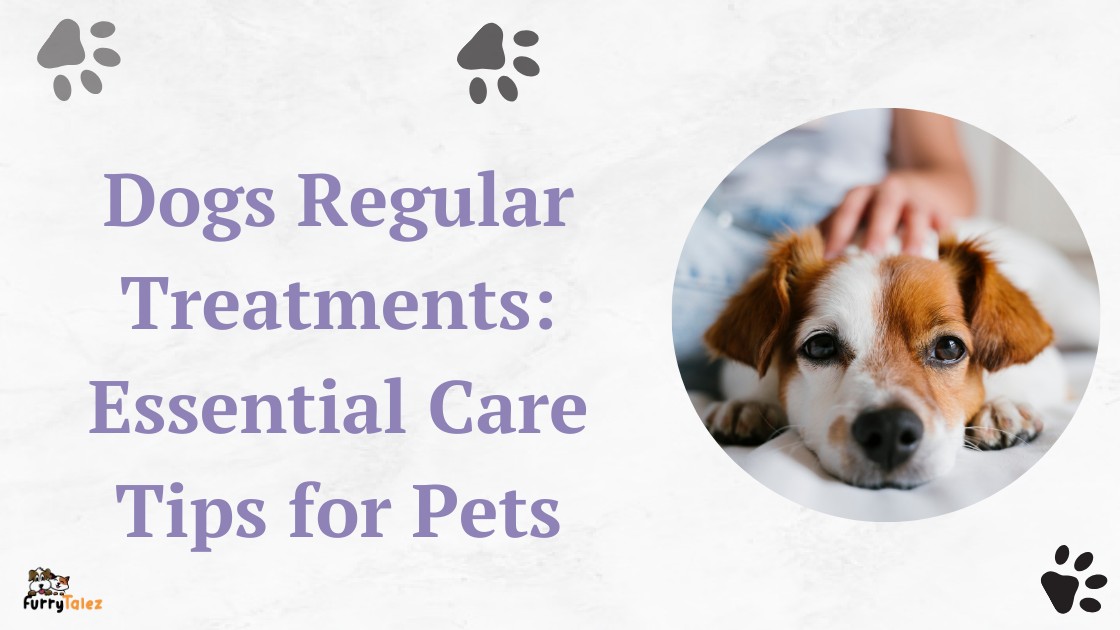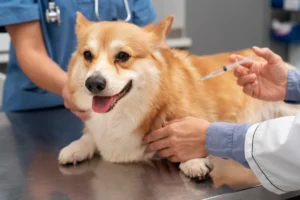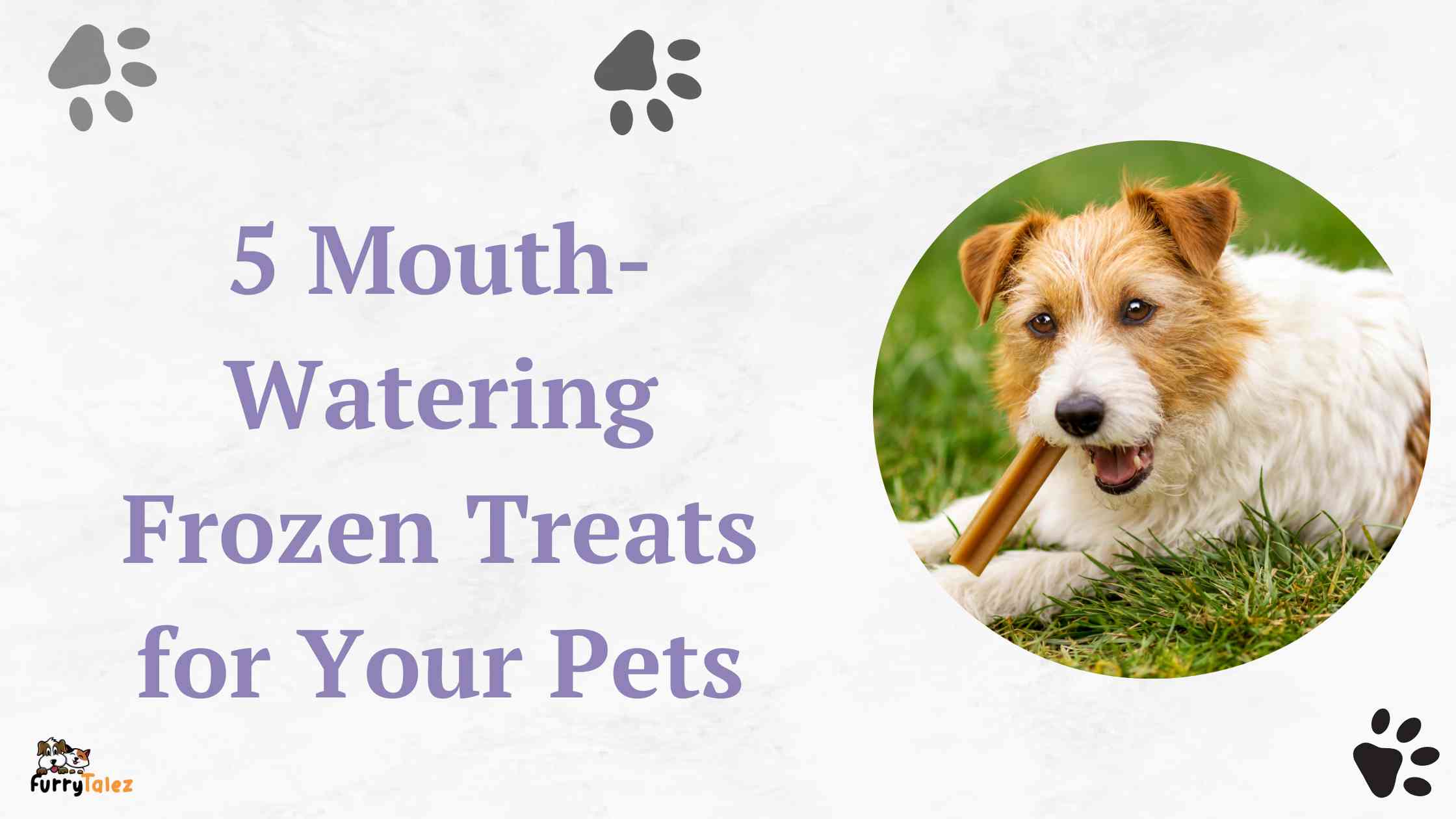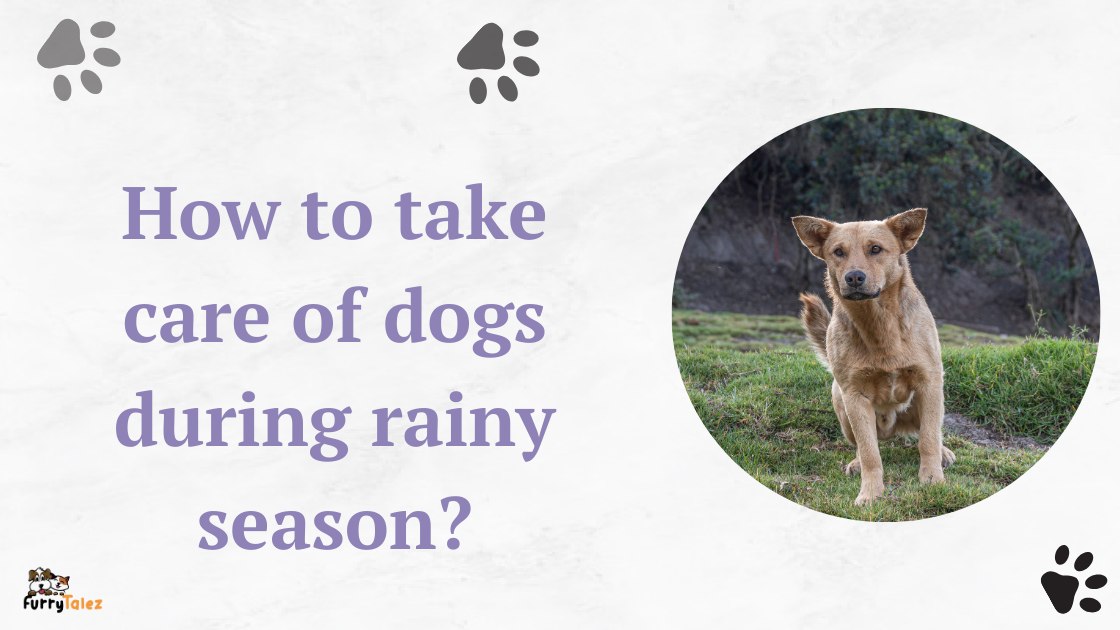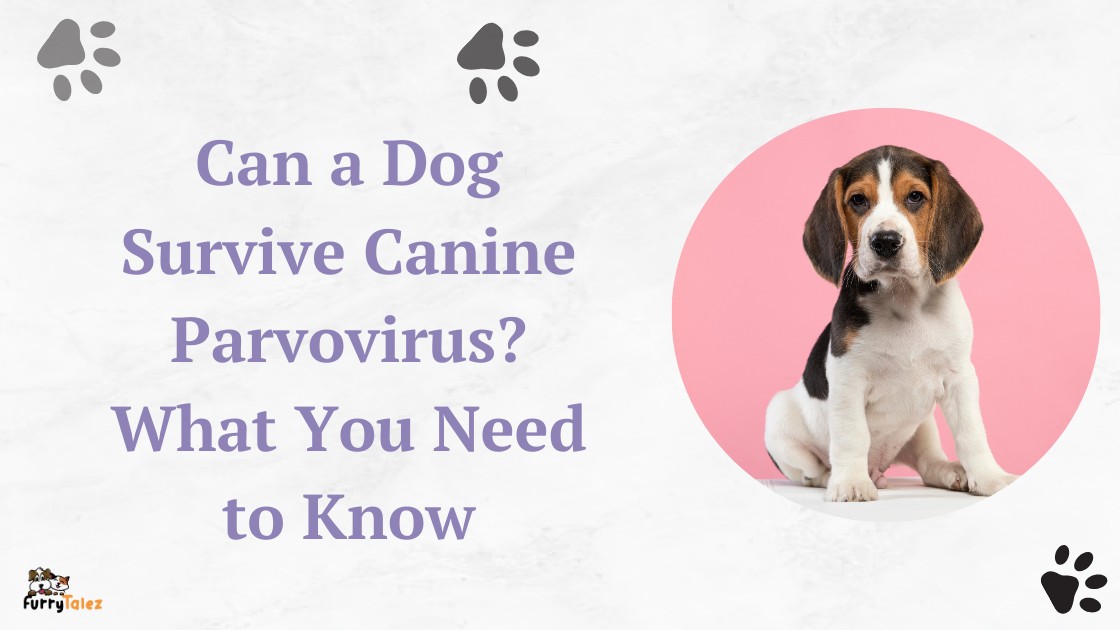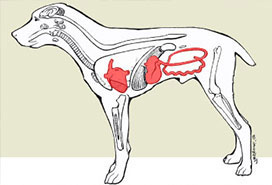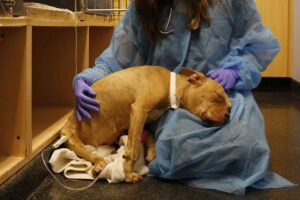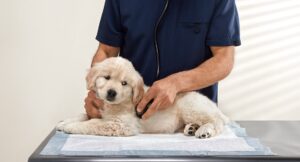As cat owners, we often look into our feline friends’ eyes, feeling a deep sense of responsibility. We want to give them the best care. Nutrition is key to ensuring our cats are happy and healthy.
In a world full of choices, picking the right cat food can be tough. Each product claims to be the best, but how do we know what’s right for our cat? This journey starts with understanding the different nutritious choices out there.
It’s important to recognize the need for a high-quality diet that meets our cat’s specific needs. We’ll look at brands like Nulo Cat Food, Rachel Ray Cat Food, and Blue Wilderness Indoor Cat Food. These brands offer top-notch nutrition for our feline friends.
Join us as we explore the world of cat food. We’ll find options that help your beloved feline stay healthy and full of energy.
Table of Contents
Understanding Specialty Cat Food
Specialty cat food is key for cats’ health needs. It’s not just about taste but also about nutrition. These diets follow AAFCO standards to ensure they meet a cat’s nutritional needs.
Cats need over a dozen essential nutrients. These include vitamins, minerals, fatty acids, and amino acids. Each specialty cat food has different moisture levels and ingredients.
| Type of Cat Food | Moisture Content | Main Ingredients |
|---|---|---|
| Dry Cat Food | 6-10% | Meat, grains, fish meal, supplements |
| Semi-Moist Cat Food | 35% | Meat, meat byproducts |
| Canned Cat Food | 75%+ | Meat, seafood |
Choosing the right food depends on several factors. These include a cat’s life stage, health conditions, and how much they eat. The AAFCO helps identify foods that are nutritionally complete and balanced.
For example, a cat with chronic kidney disease needs a special diet. This diet has lower protein levels to help their health.
Homemade diets might seem good, but they often lack the right balance. It’s important to avoid treats and diets that could harm a cat’s health. Knowing about specialty foods helps address specific health issues.
Types of Specialty Cat Food

It’s important to know the different types of cat food to find the best for your cat. The main types are dry food, semi-moist food, and wet food. Each type meets different dietary needs.
Dry food, or kibble, often has a lot of carbs and grains. It’s convenient but may not taste as good as wet food. Always check the ingredients for quality, avoiding long lists and additives.
- Semi-moist food uses soya to mimic meat and might have additives like guar gum and carrageenan.
- Wet food comes in cans or pouches with meat. It’s great for keeping your cat hydrated, but cheaper versions might have too much sugar.
When picking cat food, look for high-quality protein, fat, and vitamins. Good proteins like chicken, salmon, and sardines help build muscles and organs. The best food lists meat first to meet your cat’s health needs.
There are many flavors to choose from, like seafood, lamb, beef, and poultry. Special brands offer food for different life stages, ensuring your cat gets the right food at every age.
Benefits of Specialty Cat Food Options
Specialty cat food has many benefits for your pet’s health. It offers tailored nutrition that meets each cat’s unique needs. This can improve their energy and overall health.
Cats with food sensitivities find relief in these special diets. They avoid allergens and get ingredients that are easy to digest. This helps their digestive health and can make their skin and coat healthier.
Specialty cat food also helps with weight management. It has more fiber, which keeps cats full and controls calories. This is great for cats that tend to get too heavy, improving their health and life quality.
For indoor cats, specialty food is especially beneficial. It has more protein and less fat, fitting their less active lifestyle. This helps keep their muscles strong and prevents them from gaining too much weight.
Choosing high-quality specialty food shows you care about your cat’s health. It boosts their quality of life by improving their health and well-being.
Popular Brands of Specialty Cat Food
Several brands are known for their quality and nutritional focus in cat food. They cater to specific needs and use high-quality ingredients. This helps keep cats healthy and happy.
Nulo Cat Food: A Closer Look
Nulo offers high protein formulas for active cats. Their grain-free options are perfect for cats that love meat. Nulo makes sure cats get the nutrients they need for energy.
Rachel Ray Cat Food: Nutrition with Love
Rachel Ray Nutrish uses natural ingredients and avoids fillers and artificial additives. It has options for different life stages, making it a reliable choice for cat owners. It’s all about giving cats the best nutrition.
Blue Wilderness Indoor Cat Food: High Protein Choices
Blue Wilderness has high protein diets for indoor cats. The recipes have balanced fiber for good digestion. It’s a natural diet that supports overall health.
Natural Balance Cat Food: Limited Ingredient Diets
Natural Balance offers limited ingredient diets for cats with sensitivities. It uses fewer ingredients to lower allergy risks. This brand is great for pet owners who want simple, quality food.
Evaluating Nutrition Facts of Cat Food
Choosing the right cat food means checking the nutrition facts on the label. It’s also key to know the ingredients and their order. High-quality proteins should be first, followed by vitamins and minerals. Avoid foods with by-products, fillers, and low-quality ingredients.
Look for the AAFCO standards on labels. They show if the food meets nutritional needs for different life stages. Foods named after a protein, like “Tuna Cat Food,” must have at least 95% of that protein. If it’s less, but more than 25%, the name will include “dinner” or “entrée.”
Preservatives are also important. They can be natural, like vitamin E, or synthetic, like BHT and BHA. They help keep food fresh and prevent spoilage. Be wary of terms like “premium” or “ultra-premium,” as they don’t mean better nutrition.
| Brand | Protein % | Fat % | Carbohydrates % |
|---|---|---|---|
| Addiction | 39-47 | 42-52 | 4-21 |
| Artemis | 21-32 | 61-71 | 4-11 |
| Authority | 31-45 | 37-58 | 3-21 |
| Fancy Feast | 38-79 | 21-32 | 0-27 |
For a balanced diet, talk to a vet. They can give advice based on your cat’s needs. This includes looking at nutrition facts and ingredients quality. A good diet keeps your cat healthy and prevents nutrient deficiencies.
Specialty Cat Food Options for Different Breeds
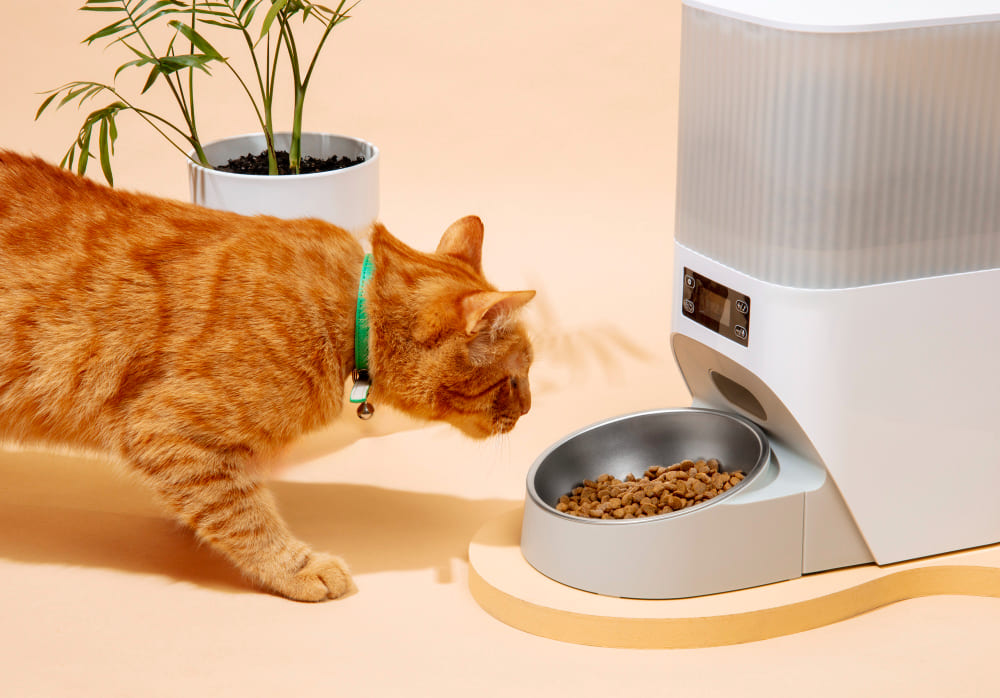
Cats come in all shapes and sizes, each with its own nutritional needs. It’s important for pet owners to understand these needs to care for their cats well. Whether it’s large breeds needing lots of protein or small breeds with special caloric needs, the right food is key to their health.
Nutrition Needs for Large Breeds vs. Small Breeds
Large breeds need more protein to keep their muscles strong. This is why their food is made with extra protein. Small breeds, on the other hand, need fewer calories because they don’t burn as much energy. There are special foods for each type, helping owners find the right fit for their cat.
Considerations for Indoor vs. Outdoor Cats
Indoor cats need fewer calories because they’re less active. Their food is designed to keep them healthy and at a good weight. Outdoor cats, however, need more energy to keep up with their busy lives. Owners should pick the right food based on their cat’s lifestyle.
Unique Ingredients in Specialty Cat Foods
Specialty cat foods have special ingredients for cats. They often have grain-free options for cats with food sensitivities. High-protein foods meet a cat’s natural diet needs, keeping them healthy and full of energy.
Grain-Free Options for Sensitive Cats
Grain-free cat food avoids common allergens. It uses sweet potatoes or peas as carbs, which are safe and nutritious. Signs of food intolerance include:
- Itchy skin
- Frequent paw licking
- Vomiting
- Diarrhea
- Red, inflamed skin
Grain-free diets are good for cats’ health. They offer balanced ingredients and reduce digestive problems in allergic pets.
High-Protein Diet Choices
High-protein diets are key for cats’ muscles and health. Brands use unique proteins like rabbit and elk. Benefits include:
- Support for muscle mass
- Maintenance of optimal energy levels
- Enhanced overall health
These proteins match a cat’s natural diet. They also include omega-3 and omega-6 fatty acids for joint and skin health. Cats with special needs can enjoy lean proteins like kangaroo or alligator.
| Protein Source | Benefits |
|---|---|
| Rabbit | Great for sensitive stomachs; considered a novel protein |
| Elk | High-quality, lean protein; helps maintain muscle mass |
| Salmon | Rich in omega-3 and 6 fatty acids; promotes joint health |
| Kangaroo | Lean and nutritious choice; gaining popularity |
| Alligator | Low-fat option; suitable for protein intolerances |
Specialty cat foods focus on unique ingredients for sensitive cats. They offer grain-free and high-protein options to improve our feline friends’ lives.
Selecting the Right Food for Your Cat’s Age
Choosing the right food for your cat’s age is crucial for their health and nutrition. Each stage of life—kitten, adult, and senior—has unique nutritional needs. This is why age-specific cat food is so important.
Kittens start eating solid food around 3 to 4 weeks old. They need food high in calories and protein to grow fast. Feed kittens about 1/2 to 1 cup of dry food or 6 to 9 ounces of wet food daily, in three meals.
As cats get older, around 1 year, their diet changes. Adult cat food helps keep them healthy and prevents obesity. It’s best to feed them twice a day. This age needs balanced nutrients for energy and health.
Senior cats, over 7 to 10 years, need special diets. These diets support their joints and improve digestion. They help with aging health issues, like neurological and urinary problems.
Changing your cat’s diet should be done slowly, over 7 to 14 days. This prevents stomach upset. Choose reputable brands like Hill’s Science Diet, Royal Canin, or Iams for quality and balanced nutrition.
Whether your cat is a playful kitten, a balanced adult, or a wise senior, meeting their nutritional needs is vital. It ensures a happy and healthy life for them.
Food Dosage Chart by Age and Weight
Knowing the right food portions is key for a healthy cat at any age. The right amount of food can greatly affect your cat’s health. Obesity is a big problem in cats in the U.S. A good food dosage chart helps find the right calories for your cat’s age and weight.
Feeding Guidelines for Kittens
Kittens need more food because they grow fast. Newborn kittens should get about 2 tablespoons of kitten formula for every 4 ounces of weight. They need six to eight meals a day.
As they grow:
- For 4 to 8 weeks old: About 60 calories per pound of body weight.
- For 8 to 16 weeks old: Daily needs range from 250 to 280 calories, with bigger breeds needing up to 360 calories.
- At 4 to 6 months: Need about 60 to 65 calories per pound, eating three to four small meals a day.
Feeding Guidelines for Adults and Seniors
Adult cats need 200 to 300 calories a day, based on their activity and weight. Spayed or neutered cats might need fewer calories because their metabolism slows down. Senior cats often do better with easy-to-digest food to stay healthy without too many calories.
Regular vet visits are important to make sure your cat’s food matches their health needs.
| Cat Age (Years) | Daily Caloric Needs | Feeding Frequency |
|---|---|---|
| Newborn to 4 weeks | Determined by weight (2 tbsp per 4 oz) | Every 3-4 hours |
| 4 to 8 weeks | ~60 calories/lb | 4-6 times daily |
| 8 to 16 weeks | 250-280 calories/day (up to 360 for larger breeds) | 3-4 times daily |
| 6 months to 1 year | 60-65 calories/lb | 2-3 times daily |
| 1 to 10 years | 200-300 calories/day | Twice daily recommended |
| Senior (10+ years) | Varies, lower caloric intake recommended | Twice daily, consult vet |
Following this food dosage chart helps keep your cat healthy and prevents obesity. It’s important for a long, happy life for your cat.
Comparing Specialty Cat Food Products
Choosing the right cat food is crucial for your cat’s health and nutrition. With so many options, it’s important to compare nutritional content, ingredient quality, and prices. Using AAFCO nutrition standards helps make better choices.
AAFCO-compliant cat food includes vitamins, minerals, fats, proteins, and fiber. These nutrients are key for your cat’s health. For example, Purina One Natural Indoor Advantage Dry Cat Food is a top choice for dry food. Meanwhile, Hill’s Science Diet Indoor Dry Cat Food is the best wet food option.
If you want convenience, Smalls Food For Cats offers a subscription service. It provides different flavors like salmon, chicken, tuna, and turkey. This caters to your cat’s taste preferences.
Here’s a helpful comparison of some notable cat food products:
| Cat Food Brand | Type | Price Range | Primary Ingredients | Flavor Options |
|---|---|---|---|---|
| Purina One | Dry | $16.62 – $22.00 | Chicken, Turkey, and Rice | Chicken, Turkey |
| Hill’s Science Diet | Wet | $19.00 – $30.00 | Chicken, Pork, and Carrots | Chicken |
| Smalls Food | Subscription | $25.00 – $32.00 | Fresh Meat | Chicken, Turkey, Beef |
| Made By Nacho | Wet | $14.00 – $28.00 | Chicken and Salmon | Chicken, Tuna |
In conclusion, analyzing cat food options helps find the best for your cat’s health. Many products meet different needs, from grain-free to sensitive stomachs. Focus on high protein and quality ingredients for a nutritious diet.
Niche and Lesser-Known Brands in Specialty Cat Food
Exploring niche cat food brands can lead pet owners to unique options. These brands focus on specific dietary needs of cats. Mouser and Kit and Kaboodle are two notable brands that offer distinct advantages.
Mouser Cat Food: Tailored Nutrition for Indoor Cats
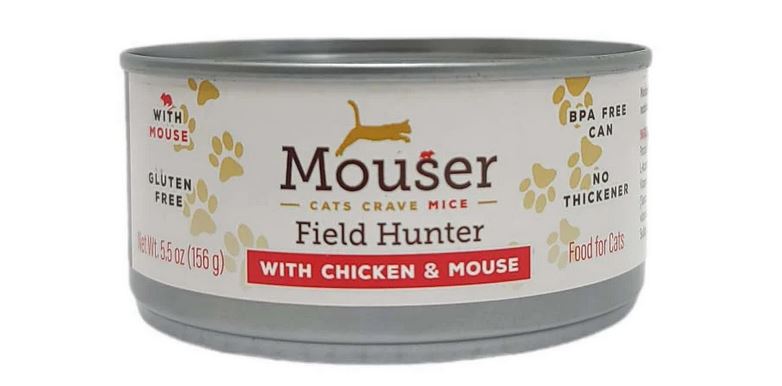
Mouser specializes in formulas for indoor cats. They know indoor cats often face health issues like weight management and hairballs. Their recipes include fiber to help with digestion and weight.
Choosing Mouser means your cat gets nutrition tailored to their lifestyle.
Kit and Kaboodle Cat Food: Budget-Friendly Choices
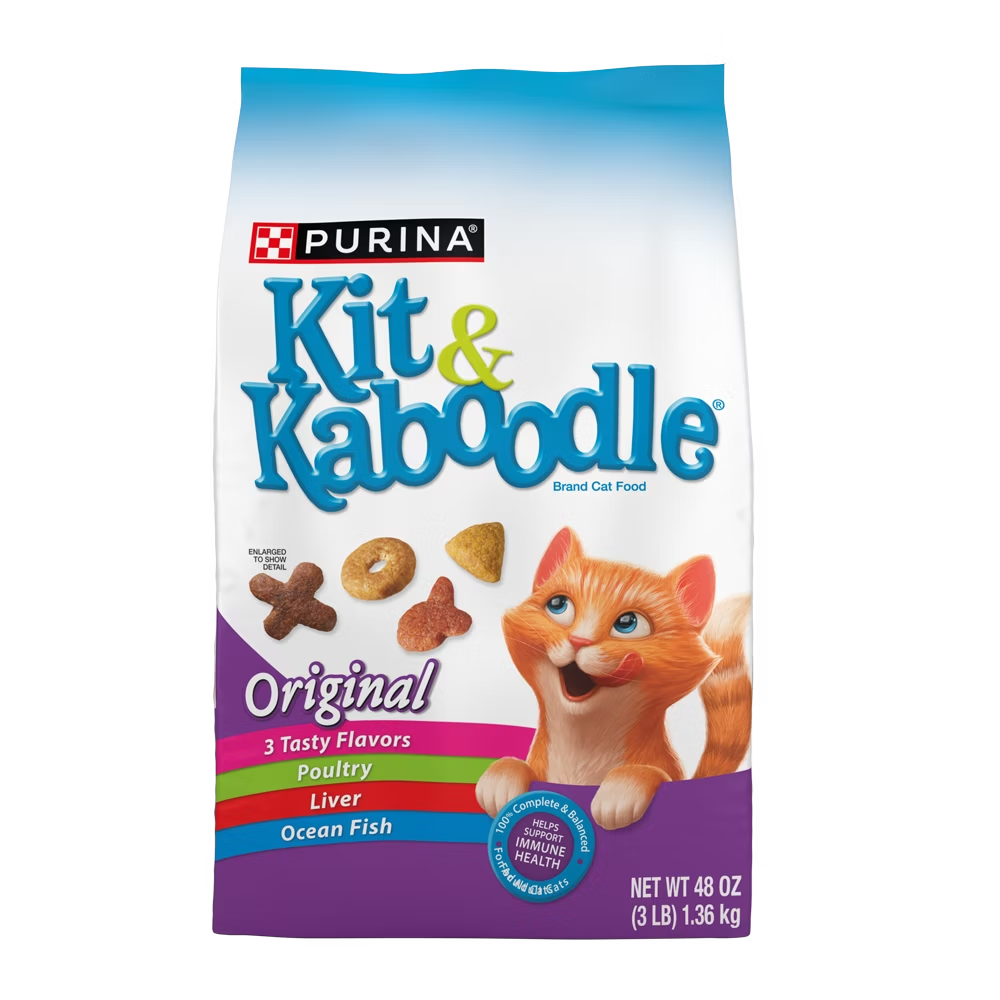
Kit and Kaboodle offers affordable options without sacrificing nutrition. They create formulas with multiple flavors to please even the pickiest eaters. It’s a great choice for adult cats, providing a balanced diet.
This brand makes quality nutrition accessible to budget-conscious pet owners. It fulfills dietary needs while offering variety.
Note: There might be affiliate links mentioned here. We may receive a commission if you purchase a product through an affiliate link. There is no additional charge for you. Please do your own research before making any online purchases.
Safe Foods: What to Avoid
Choosing the right food for your cat is key. Some human foods can be harmful to cats, risking their health. Knowing which foods are toxic helps keep your cat safe.
Common Toxic Foods for Cats
Many foods we eat can be bad for cats. Here are some foods to avoid:
- Chocolate
- Garlic
- Onions
- Grapes and raisins
- Nuts such as macadamia and walnuts
- Raw meats and fish
- Alcohol
- Caffeine-containing products
These foods can harm your cat’s health. Knowing this helps keep your pet healthy.
Ingredients to Watch Out For
It’s also important to check cat food labels. Look out for:
- Unnamed meat by-products
- Excessive corn or wheat, which can lead to allergies
- Artificial preservatives and fillers
- High sodium content, especially in cold cuts and ham
- Raw eggs, which may carry risks like salmonella
Choosing the right cat food is crucial. It should be 100% complete and balanced. This ensures your cat gets the nutrients they need.
| Toxic Foods for Cats | Details |
|---|---|
| Chocolate | Contains theobromine, which is toxic to cats. |
| Garlic and Onions | Can cause damage to red blood cells. |
| Grapes and Raisins | Can lead to kidney failure. |
| Nuts | Especially macadamia nuts, can cause neurological symptoms. |
| Raw Egg and Meat | Risk of salmonella and E. coli infections. |
| Alcohol | Even small amounts can be harmful. |
Remember these dangers when planning your cat’s meals. It’s important for their health and happiness.
Understanding Cat Food Labels
Reading cat food labels is key to choosing the right food for your pet. A good label will tell you if the food is complete and balanced for your cat. It also shows if the food meets the dietary needs of your cat. Most brands follow AAFCO Models, which ensure the food is safe and accurately labeled.
Look at the ingredient list carefully. Ingredients are listed by weight, from most to least. This helps you spot high-quality protein sources like meat and seafood. Choosing foods with these ingredients first ensures your cat gets the nutrients they need.
Be wary of terms like “grain-free” and “premium” on labels. These terms might not always mean the food is better for your cat. Knowing how to read labels helps you pick the best food for your cat’s health.
Disclaimer: The information provided in this article is for educational purposes only and should not be considered as a substitute for medical advice. Consult a registered Veterinary practitioner before using or trying any product suggested here in this article.
FAQ
What is specialty cat food?
Specialty cat food is made for cats with special health needs. It follows the Association of American Feed Control Officials (AAFCO) standards. This ensures it meets their nutritional needs.
What are the benefits of feeding cats specialty food?
Specialty cat food is made to fit your cat’s specific needs. It can help with weight, skin, coat, and digestion. This can improve your cat’s overall health.
How do I choose the right food for my cat?
Think about your cat’s age, weight, activity level, and any dietary restrictions. Talking to a vet can help find the best diet for your cat.
Are there grain-free options for cats?
Yes, there are grain-free cat foods. They use sweet potatoes or peas instead of grains. This is good for cats with sensitivities.
What are some popular brands of specialty cat food?
Nulo Cat Food, Rachel Ray Cat Food, Blue Wilderness Indoor Cat Food, and Natural Balance Cat Food are popular. They offer different formulas for various needs.
Can I feed my cat human food?
No, some human foods are toxic to cats. Chocolate, garlic, onions, and grapes are examples. It’s crucial to know this to keep your cat safe.
How can I assess the nutritional quality of cat food?
Look at the nutrition facts and ingredient list. Choose foods with high-quality proteins and avoid by-products, fillers, and artificial preservatives.
What type of cat food should I feed my kitten?
Kittens need food rich in calories and protein. This supports their fast growth. Make sure their diet matches their age.
What considerations should I take into account for indoor vs. outdoor cats?
Indoor cats need fewer calories because they’re less active. Outdoor cats need more energy to stay healthy and manage their weight.
What are the specific dietary needs for senior cats?
Senior cat food supports joint health and digestion. It’s easy to digest and helps prevent obesity.
Are there lesser-known brands that offer quality specialty cat food?
Yes, brands like Mouser Cat Food and Kit and Kaboodle Cat Food offer special diets. They cater to different needs and are budget-friendly.
What should I look out for on cat food labels?
Know terms like “grain-free,” “limited ingredient,” and “complete and balanced.” Check the ingredient list. High-quality protein should come first, not fillers.



